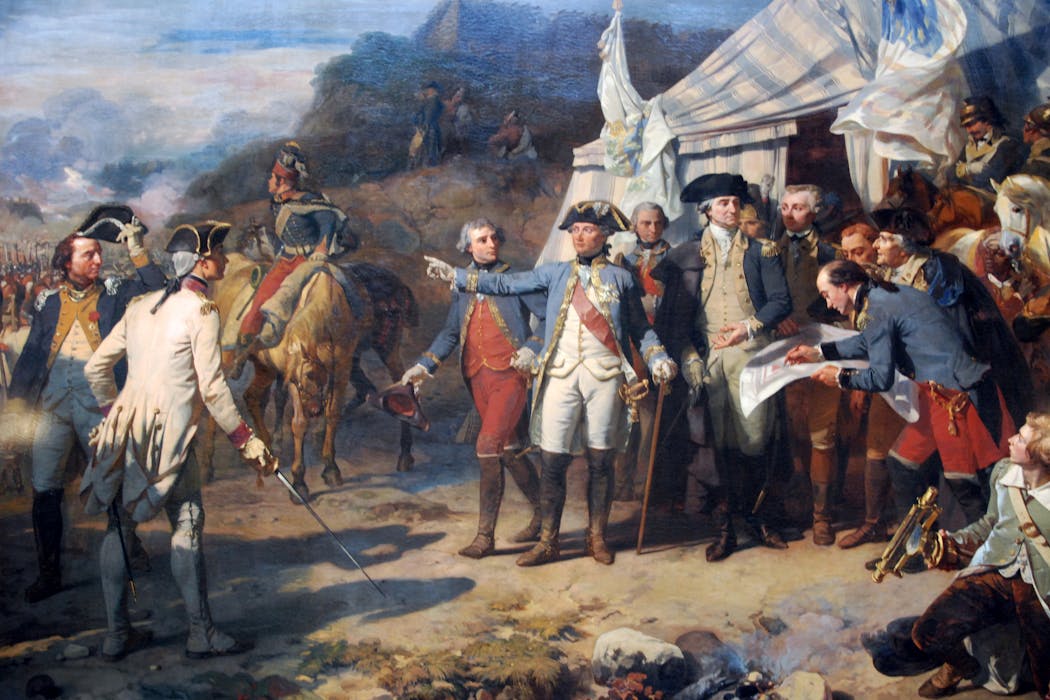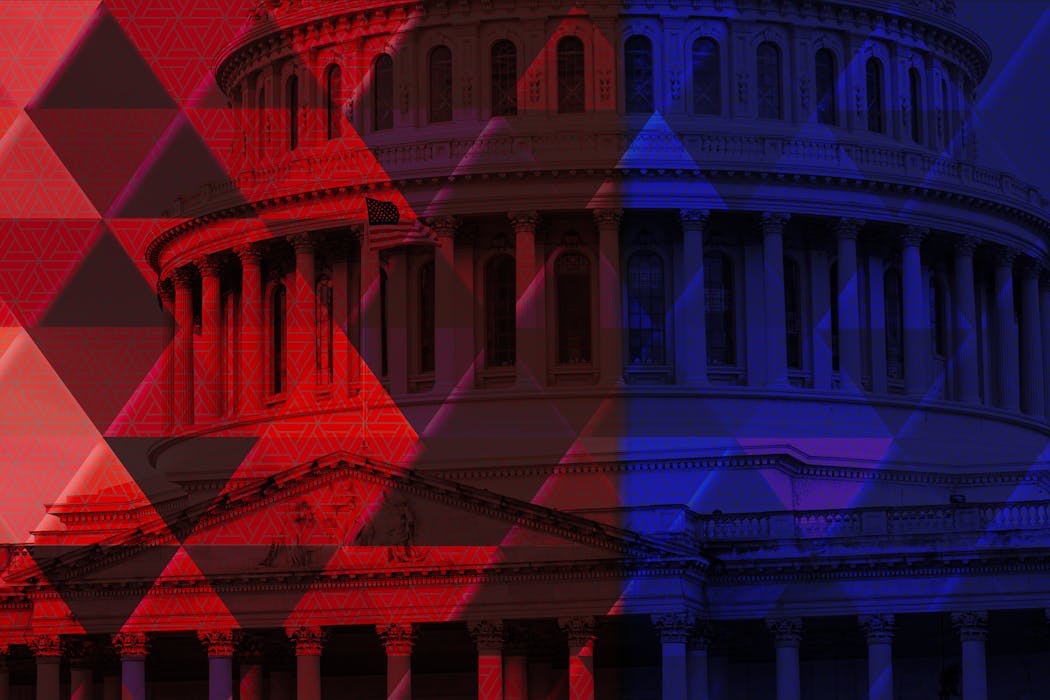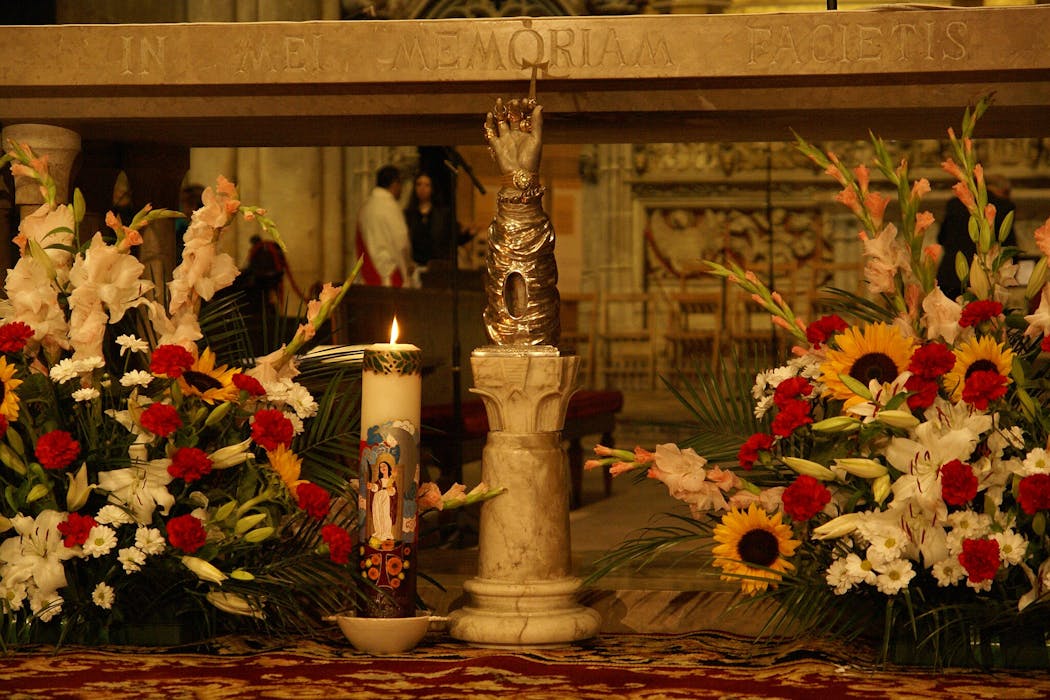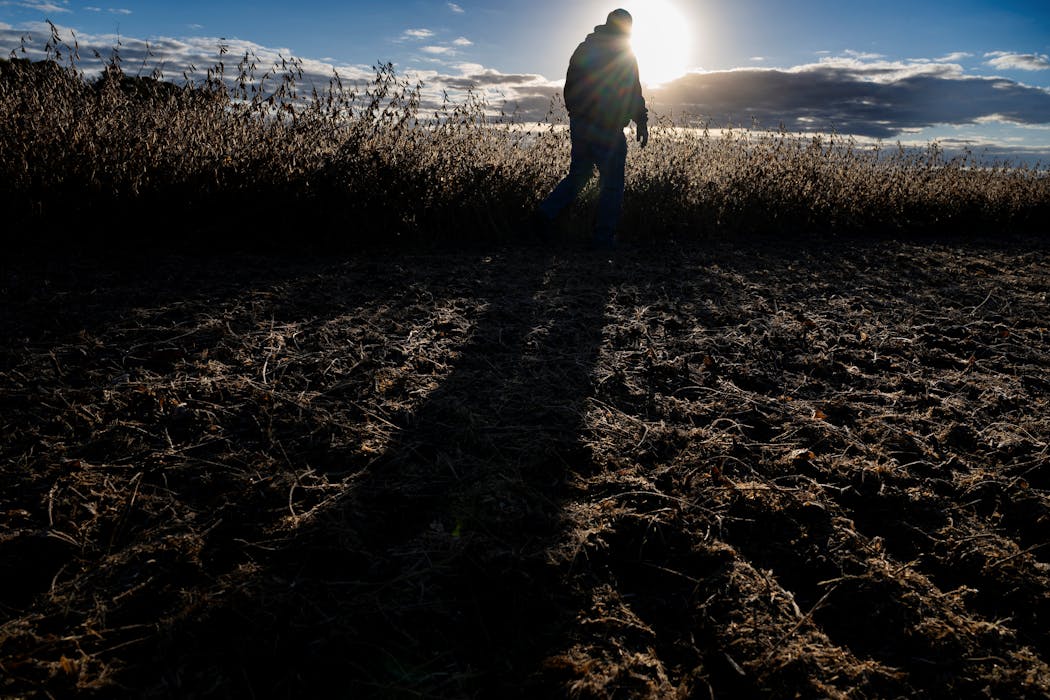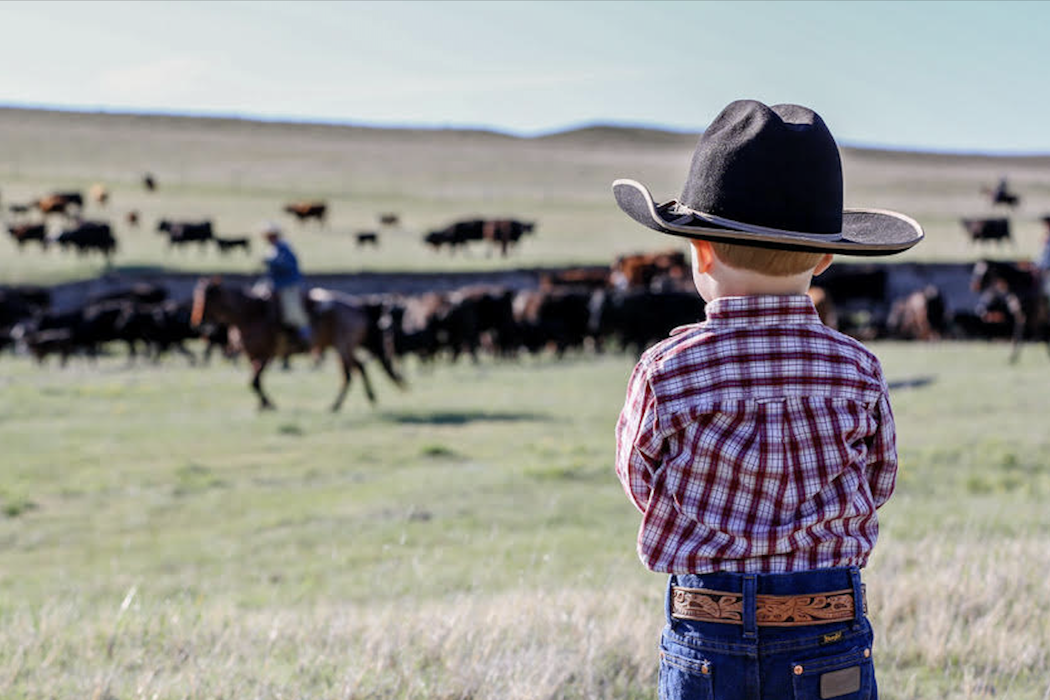From scary stories to scowling pumpkins, Halloween has pagan roots
 Modern vestiges of an ancient past.8363028@N08, CC BY-SA
Modern vestiges of an ancient past.8363028@N08, CC BY-SAHalloween these days calls pumpkins to mind, cackling witches, teenagers pulling pranks and scream masks. You probably know that all this derives from All Hallows' Eve, the night before the Christian feast of All Hallows' Day, the time when the dead are remembered.
But Christianity itself appropriated the tradition from pagan ancestors. And so the night which is, in the secular and commercial world, Halloween and in the Christian calendar, All Hallows’ Eve, has its roots in the pagan Wheel of the Year and the festival of Samhain.
Samhain, usually pronounced “Sowan”, is a central festival in the historical and neo-pagan calendars. Neo-paganism may appear to be a relatively recent faith, but it is founded upon a perception of – and research connected to – credible ancient belief.
The Wheel of the Year
One of the few beliefs enjoyed by almost all pagans, past and present, is the cycle of natural life. Perceiving how the earth’s plant-life moved with a seeming regularity from dormancy, through youthful growth to fruitfulness to the semblance of death, it is hardly surprising that these pre-literate ancestors mapped this organic pathway upon finite human existence. The cycle of nature was seen as intimate to human existence, and the pagans of old quite likely saw themselves as an integral and organic component of their concept of creation, rather than presiding over it in a divinely delegated lordship.
 The Wheel of the Year.
The Wheel of the Year.
The cycle of nature is expressed through the eight sabbats or festivals of the Wheel of the Year. Consecutively, these are Samhain, the Festival of the Dead; Yule, the Winter Solstice; Imbolc, which heralds the earliest advent of springtime renewal; Ostara, the Spring Equinox; Beltane, which celebrates the coming of summer; Litha, the Summer Solstice; Lughnasadh, the harvest festival; and Mabon, the Autumn Equinox.
All of these events are marked by specific ritual practices – the burning of bonfires, the ceremonial parading of greenery, the eating of certain foods. Some, such as the festival of the harvest or the long night of Yule, have since been appropriated by other religions, only to be re-appropriated by modern-day pagans.
Modern vestiges
Samhain itself undoubtedly lends many of its practices to the modern consciousness of Halloween. As a festival of the dead, it is a night on which the veil between the afterlife and mortal consciousness is perceived as being very thin. The tradition of Halloween ghost stories is arguably a debased form of the tales once told of ancestors, in part to remind them that they are not forgotten, and welcome to join their living descendants upon this one night.
Traditionally, also, Samhain was a time for divination. Though the relatively modern but still evocative accoutrements of Tarot, crystal balls and tea leaves may spring to mind in this context, their divinatory forebears were almost certainly less sophisticated. Scrying, or staring into a dark mirror, was one such mode of foretelling the future. Gazing into the bonfire burned on such occasions was no doubt another. The residual memory of such things comes when, perhaps, we peel an apple and throw its skin over a shoulder in the hope that it will somehow spell out the initial of a future partner. Apple-bobbing has a similar ancestry in pagan practice.
And the black and orange currently plastered all over local supermarkets also has ancient roots. It survives as a reflection of the fruits of the year – pumpkins, squash, gourds, a late harvest, easily stored and quickly transformed into filling food – seen against the darkness of the sky and the seeming barrenness of the soil.
And so the modern pumpkin lantern, with its strange grimace, is not all that it might seem. Perversely, it may historically have been fashioned to welcome, rather than deter, the wandering dead on this festal night.
But Samhain also marks new beginnings, in its place within the Wheel of the Year. In paganism it is a chance to both welcome and say farewell to those who have died in the previous year, as well as to remember more distant or non-identifiable ancestors.
The darkest part of the year is still yet to come, and will be celebrated on the shortest night, Yule, just before the Christian festival of Christmas. The flickering lights and candles of Halloween, like those of Yule, are above all a reminder, and a reassurance, that light – daylight, longer days – will come again in the cycle of the year.
Bill Hughes does not work for, consult to, own shares in or receive funding from any company or organisation that would benefit from this article, and has no relevant affiliations.
Read more http://theconversation.com/from-scary-stories-to-scowling-pumpkins-halloween-has-pagan-roots-33661



